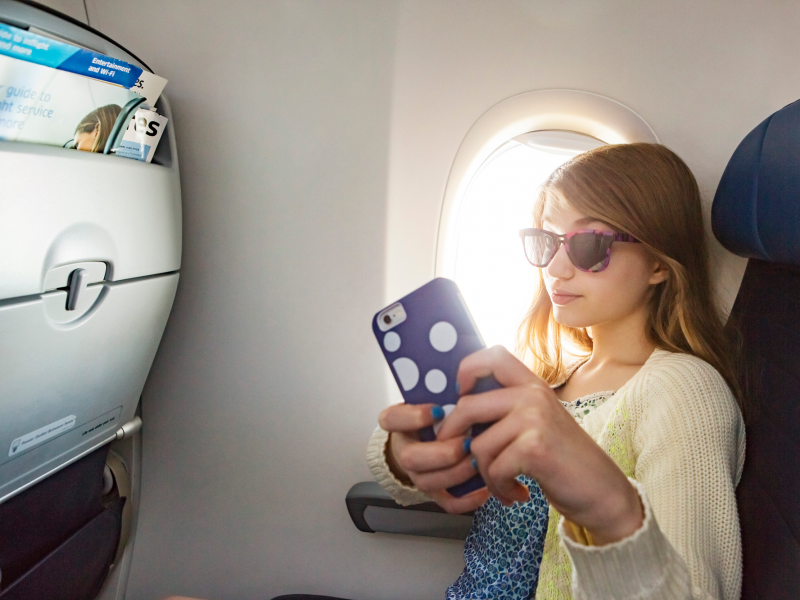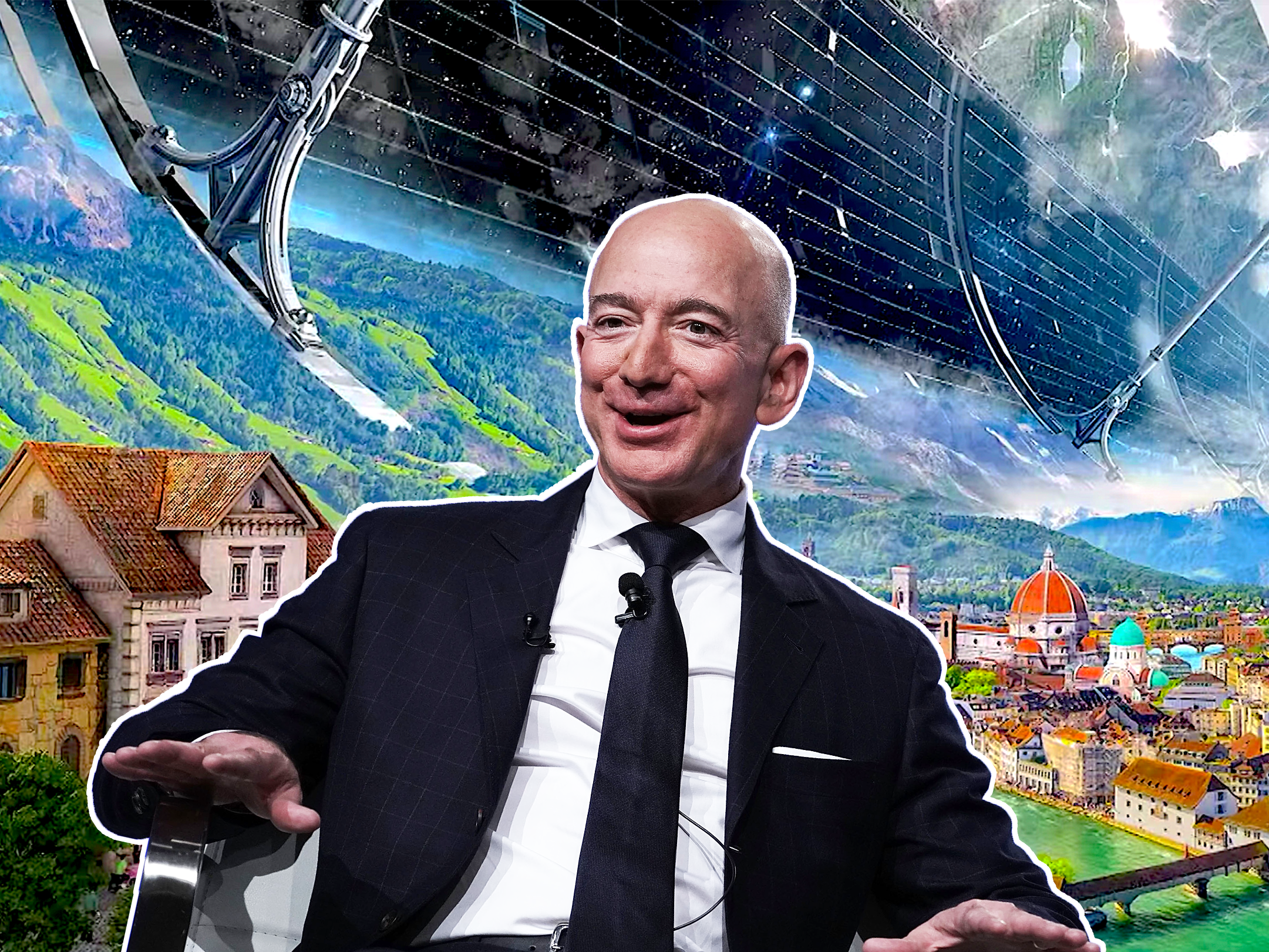- It’s hard to impress Instagram followers. They seem to have seen it all, including every inch of the planet’s surface – every mountain’s summit, every crystal clear hot spring, every picture-perfect person posing from every perspective.
- That is, until now: Companies like Virgin Galactic, Blue Origin, and SpaceX are developing a new industry of space tourism.
- And space tourists wouldn’t be roughing it out there in space like regular astronauts. Soon, the superrich may be sharing selfies from their cushioned space hotel rooms, complete with Netflix, WiFi, and cocktails.
- Their space-cations may last anywhere from as little as a few minutes to as long as months and be powered by a variety of high-tech aerospace engineering.
- Here’s what it might be like to go to glamping in space – if you’re wealthy enough.
- Visit Business Insider’s homepage for more stories.
This is a hotel room. It may not look like much, but it costs more than any hotel you’ve ever stayed in. That’s because you can look down at Earth while watching Netflix and scrolling through social media. Though this isn’t yet real, the deep pockets of the superrich are inspiring plans like these.
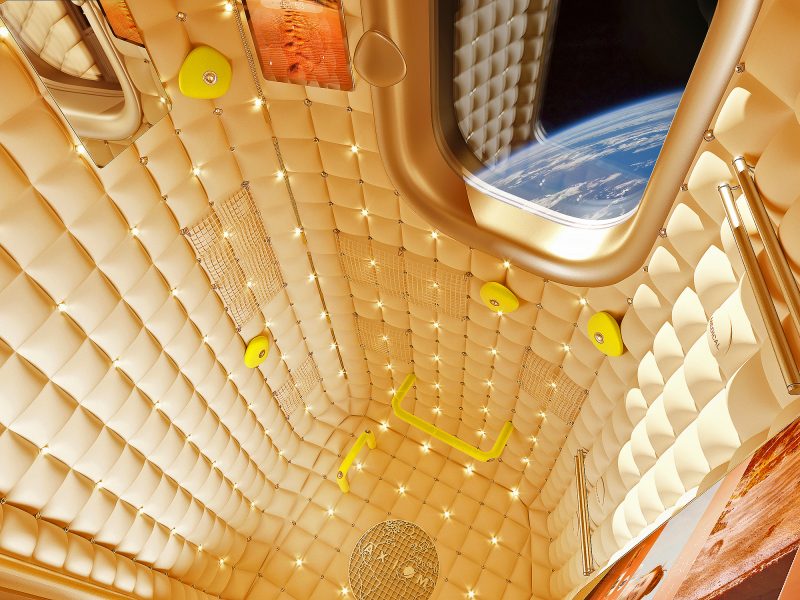
Source: The New York Times
SpaceX is another driving force. The company is storming the launch industry with reusable rockets, which make space travel more affordable. As a result, startups are now popping up with renderings of their own plans for space tourism, which now seems poised for a boom.
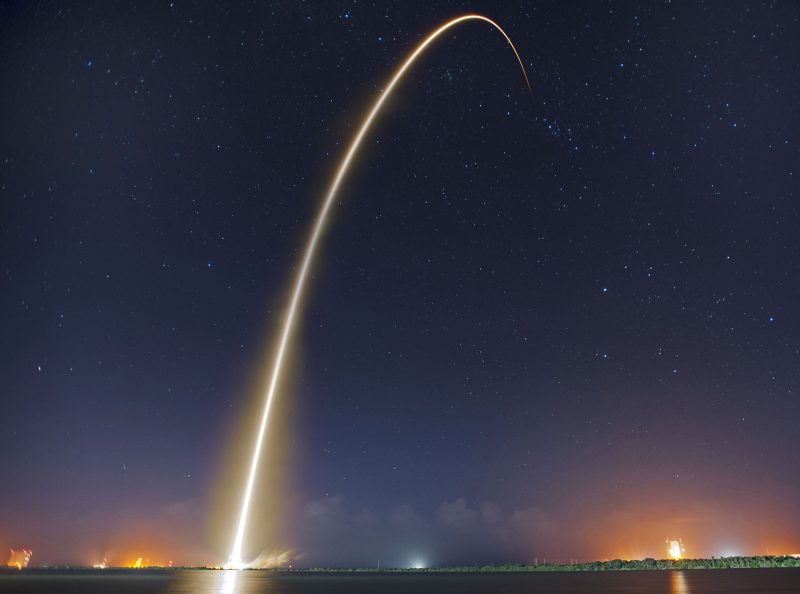
Source: Business Insider
But space tourism isn’t the end goal for SpaceX, which tech mogul Elon Musk founded in 2002. Musk is obsessed with building cities on Mars and populating the planet with millions of people in cities complete with bars and pizza joints.
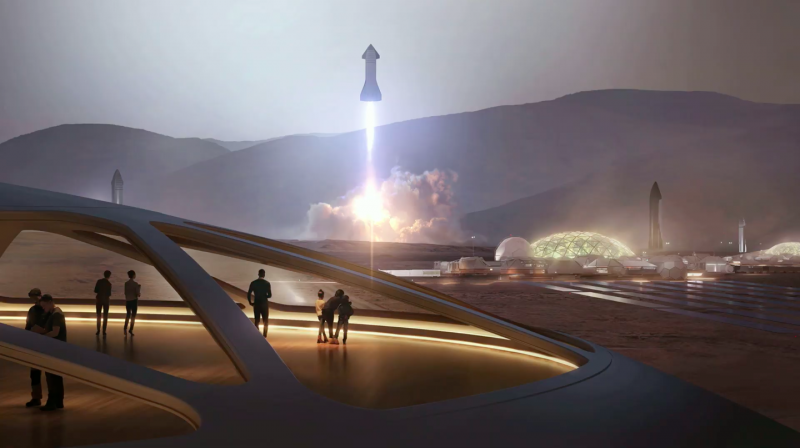
Sources: Business Insider (1, 2)
Musk is concerned about civilization as we know it today ending due to severe calamities, ranging from asteroid strikes to nuclear war or profound climate disruption. So he wants to start building colonies on other planets.
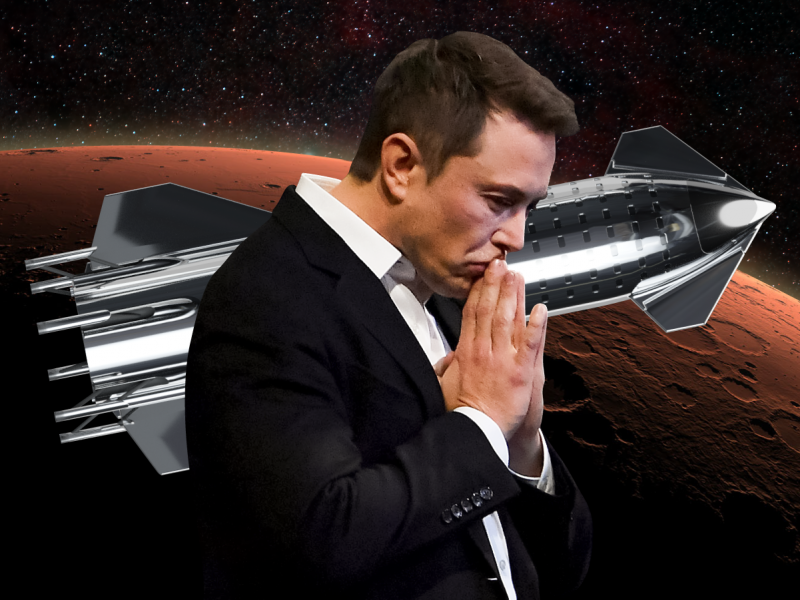
Source: Business Insider
To get us there, SpaceX is trying to dramatically lower the cost of access to space. To that end, SpaceX successfully launched and landed a Falcon 9 booster — the largest and most expensive part of a rocket — for the first time in December 2015.
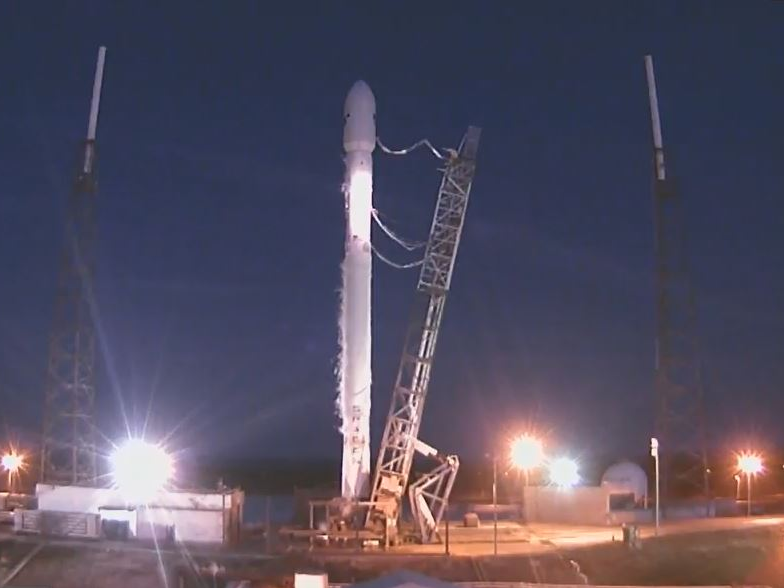
Source: Business Insider
The rockets' boosters can land themselves back on Earth and be reused. This saves millions of dollars per launch.
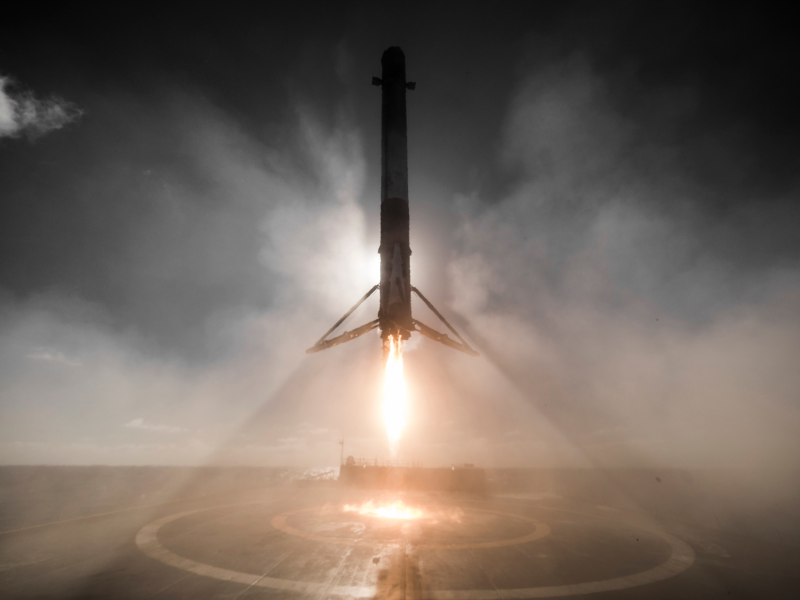
Source: Business Insider
This trick has made it possible to send more into space for less money — be it cargo, astronauts, or private astronauts (also called space tourists or, per NASA, "spaceflight participants").
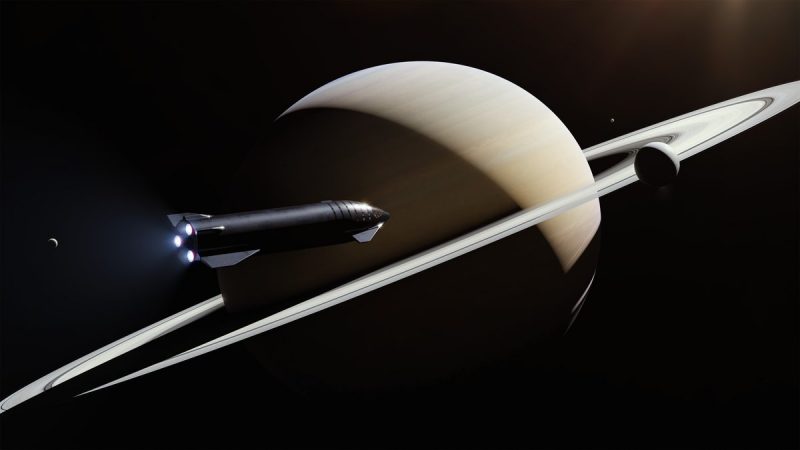
Source: Business Insider
Basically, it's making space travel more affordable, though as of yet still only for the superrich: One seat may still cost tens of millions of dollars, according to a recent NASA presentation.
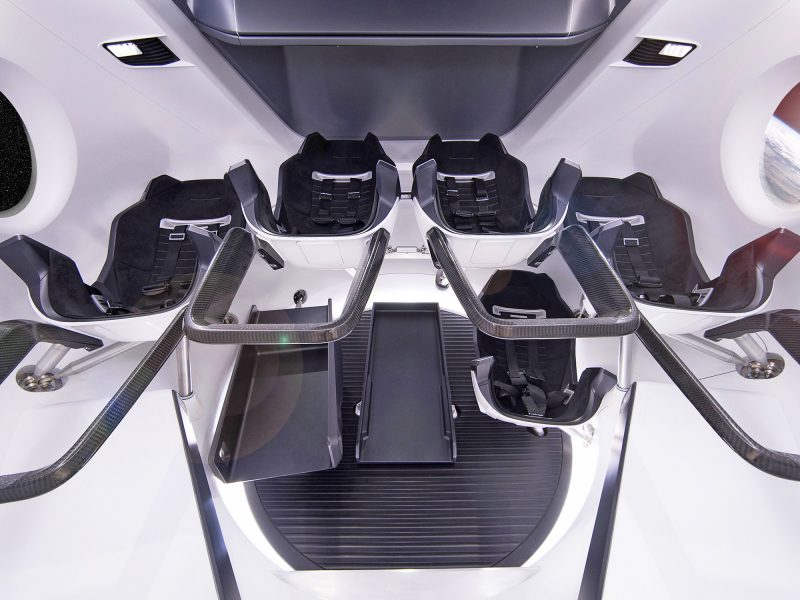
Source: Business Insider
After SpaceX's first successful rocket landing, Musk called for the inevitable — a new space race. He got his wish, as other companies are now working toward their own reusable rockets.
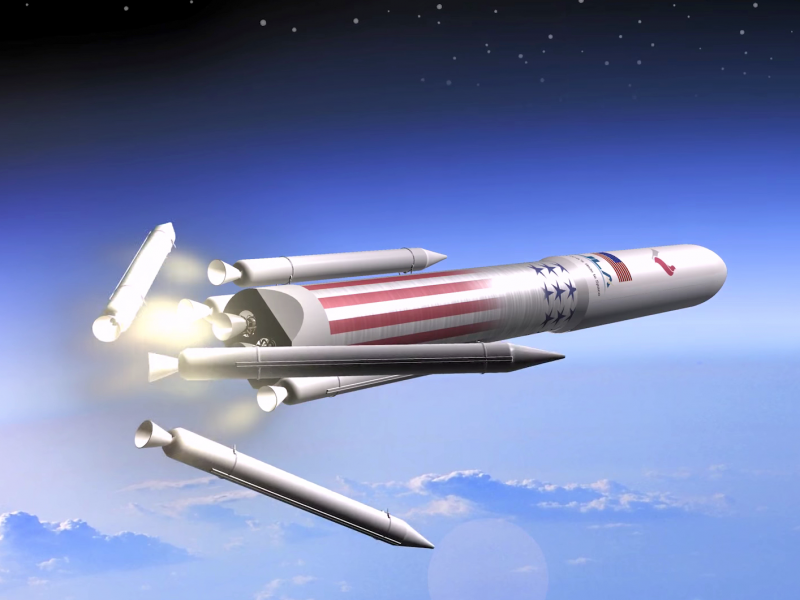
Source: Business Insider
Of all the other private space companies attempting to claim their spot in the race, Blue Origin — founded by Jeff Bezos in 1999 — is viewed as SpaceX’s most significant competitor.
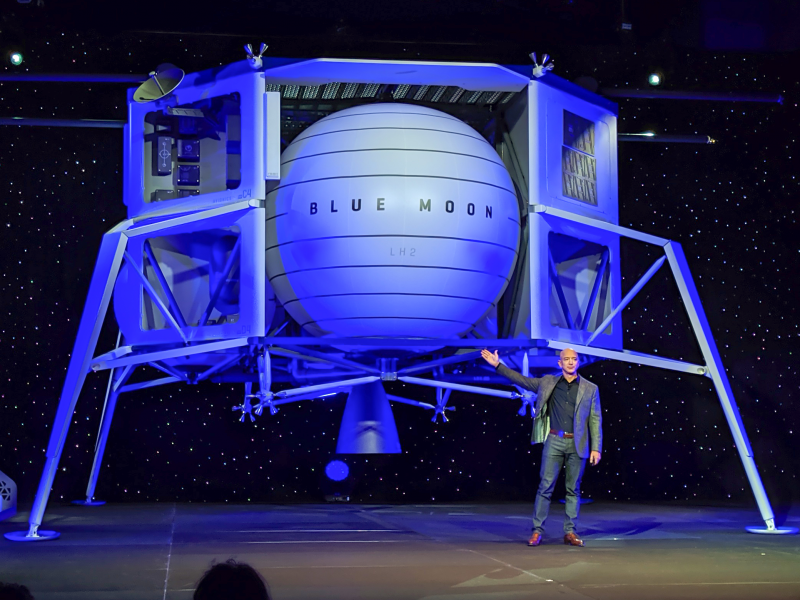
Source: Business Insider
Bezos, who is considered the richest person in the world, says he liquidates about $1 billion a year to fund his private spaceflight operation. Blue Origin's ultimate goal is different from SpaceX's; Bezos wants to colonize space itself rather than planets, like Mars.
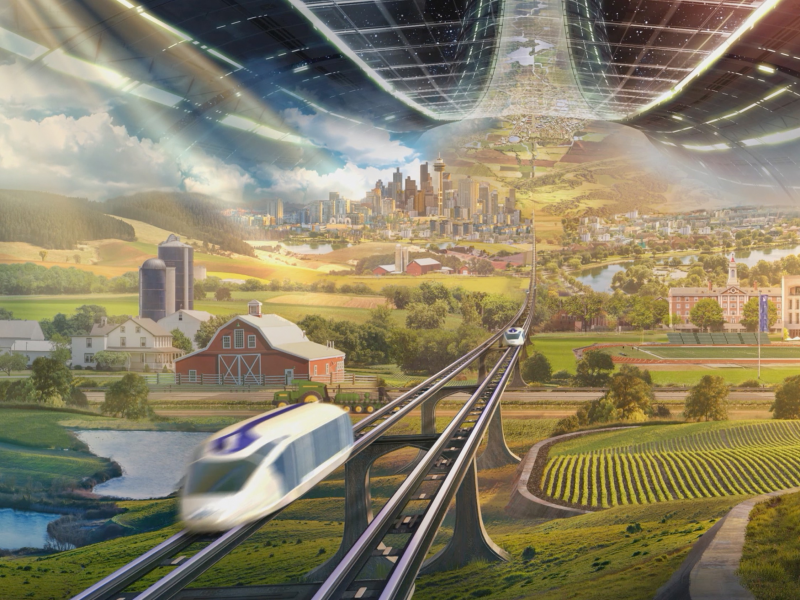
Source: Business Insider
Bezos plans for these floating colonies to have ideal, Hawaii-like weather all the time. This means no natural disasters and no bad weather days.
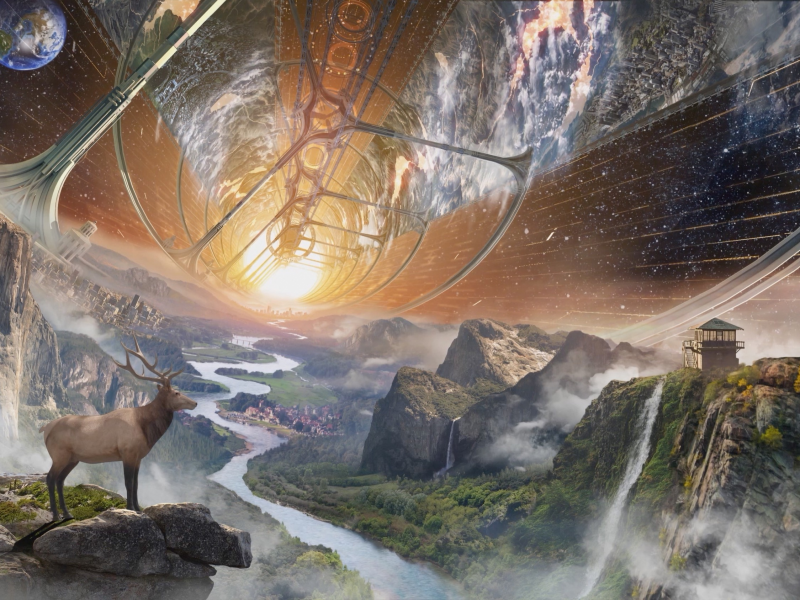
Source: Business Insider
That's a (very) long way off, though. For now, Blue Origin is working toward commercializing space with its own reusable rocket system.
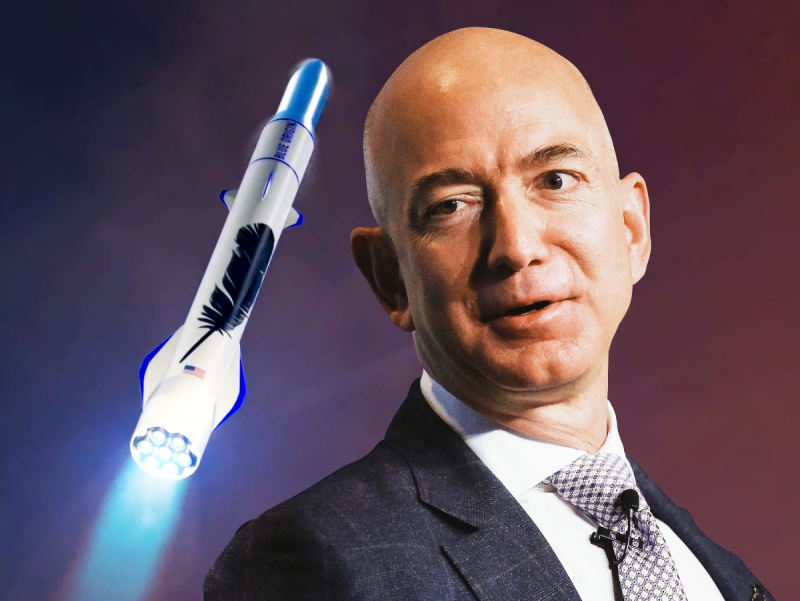
Source: Business Insider
Called New Glenn, it's scheduled to debut in 2020.
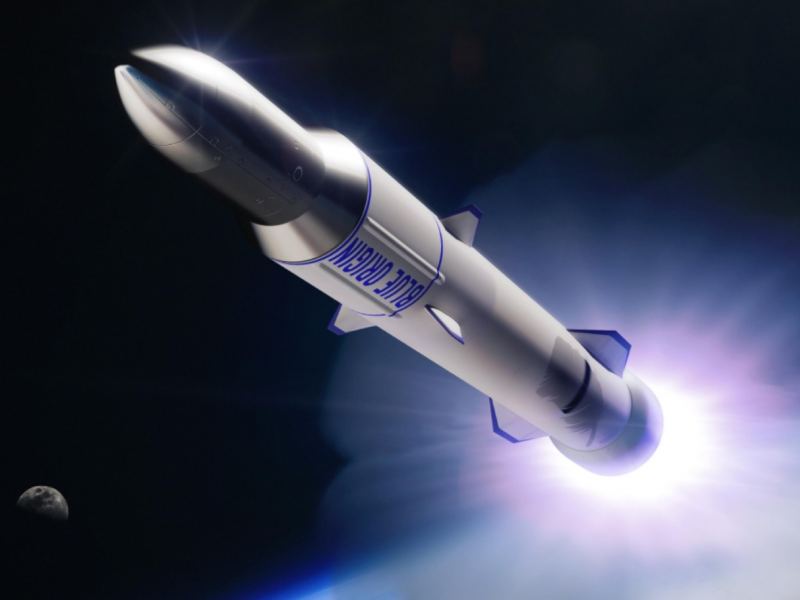
Source: Business Insider
As currently envisioned, New Glenn rocket would be larger than SpaceX's Falcon 9 and be reusable at least 24 times before it'd have to be retired.
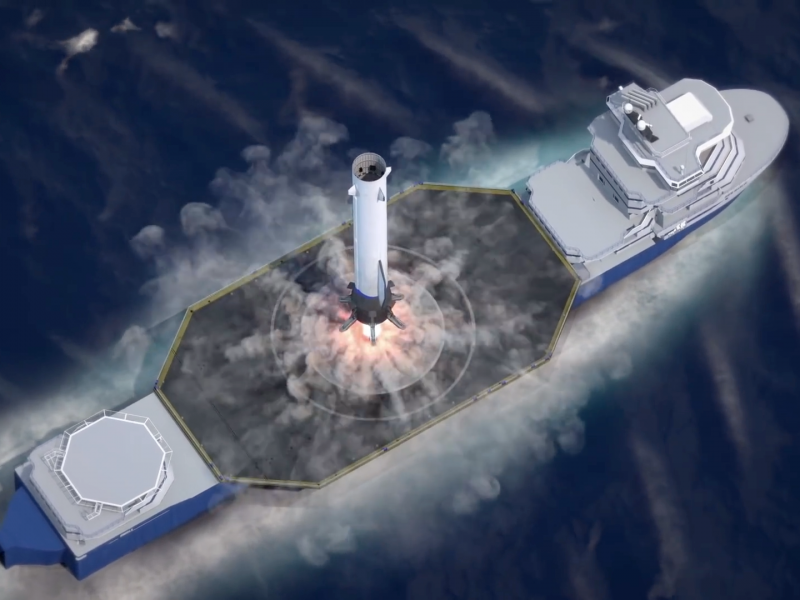
Source: Business Insider
Bezos is confident about this because Blue Origin has mostly perfected a smaller reusable launch system called New Shepard. The company plans to fly its first paying passengers in a capsule on top of the rocket in 2020.
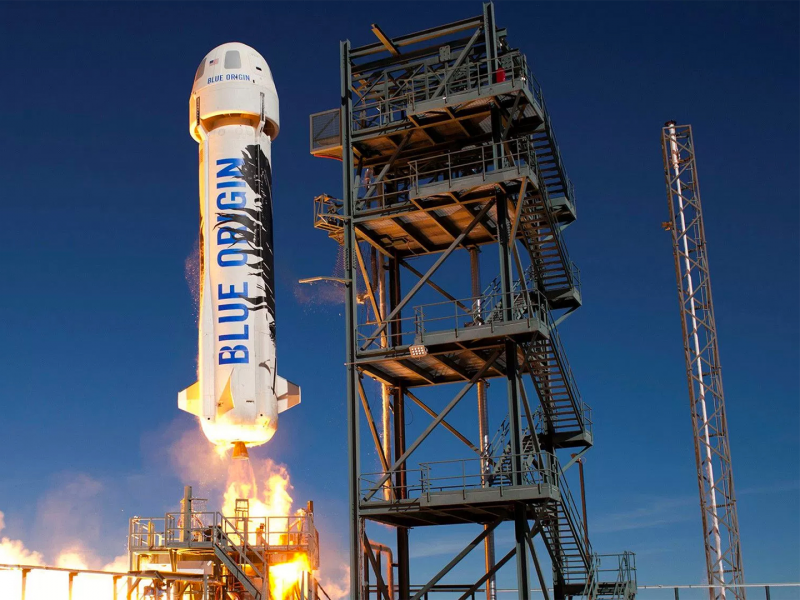
Source: Business Insider
Blue Origin's space tours on New Shepard can't reach orbit around Earth, and they'd last only about 11 minutes. But each flight would take patrons more than 60 miles above the planet's surface and fly past the unofficial boundary of space in a capsule.
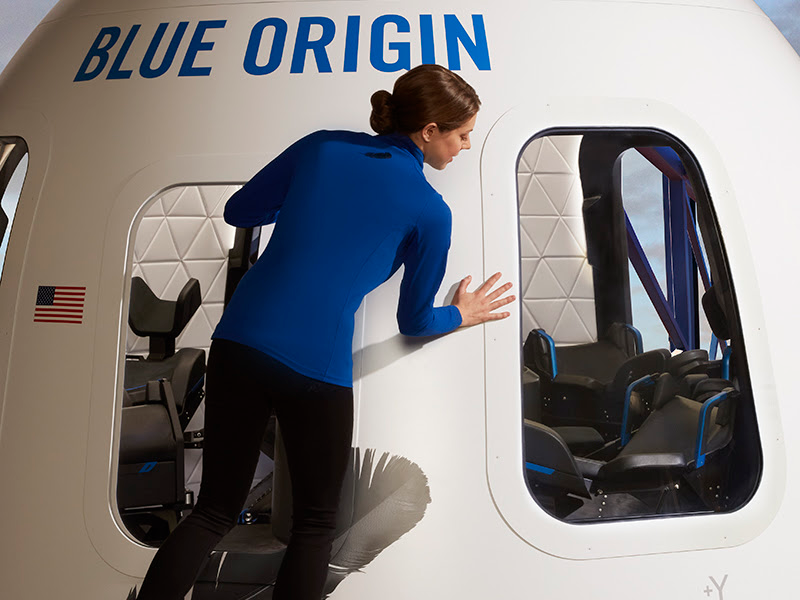
Source: Business Insider
The capsule would detach from the rocket near the highest point of the trip, giving patrons about four minutes to experience weightlessness.
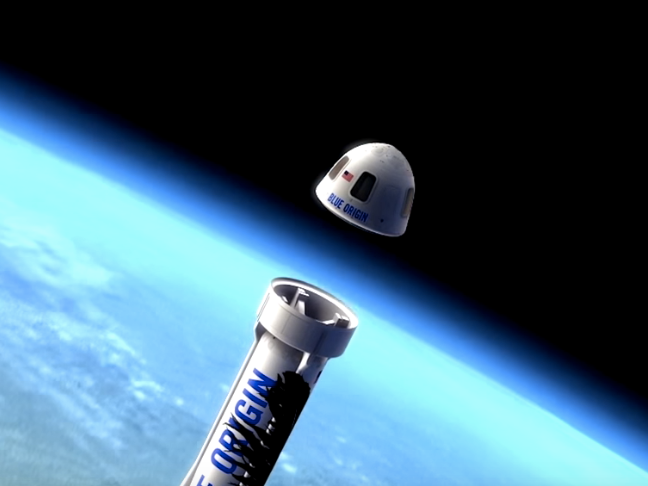
Source: Business Insider
They'd be able to unbuckle their seat belts and float around the cabin during this time. Outside of the capsule's windows, they'd see the deep blackness of space and the curvature of Earth.
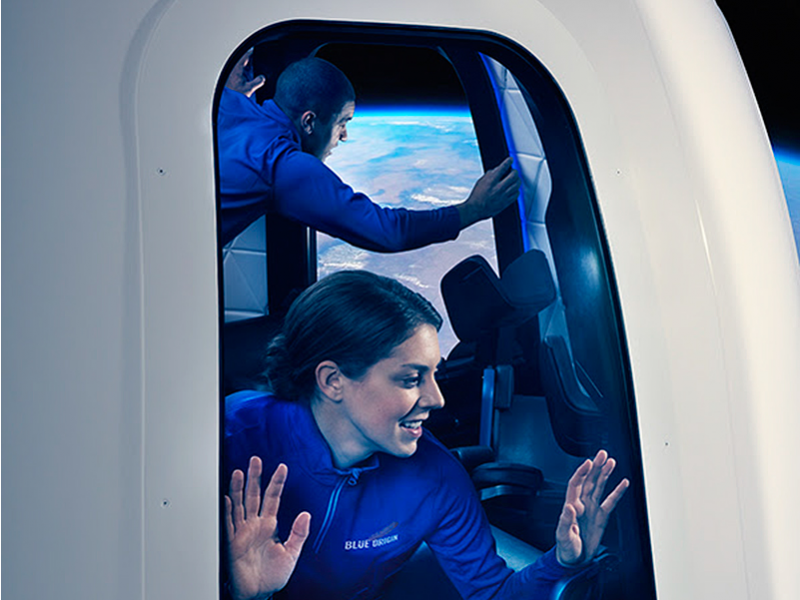
Source: Business Insider
But they'd soon have to buckle up in the capsule as the vessel starts falling back to the ground. Parachutes would eventually deploy and retro rockets would fire for a relatively cushy landing.
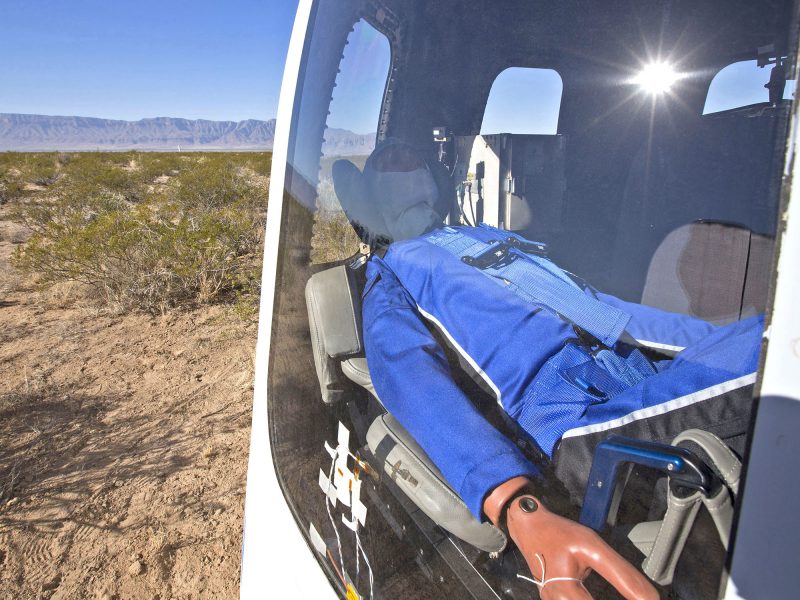
Source: Business Insider
Business Insider previously estimated that each ticket to ride New Shepard may cost more than $200,000.
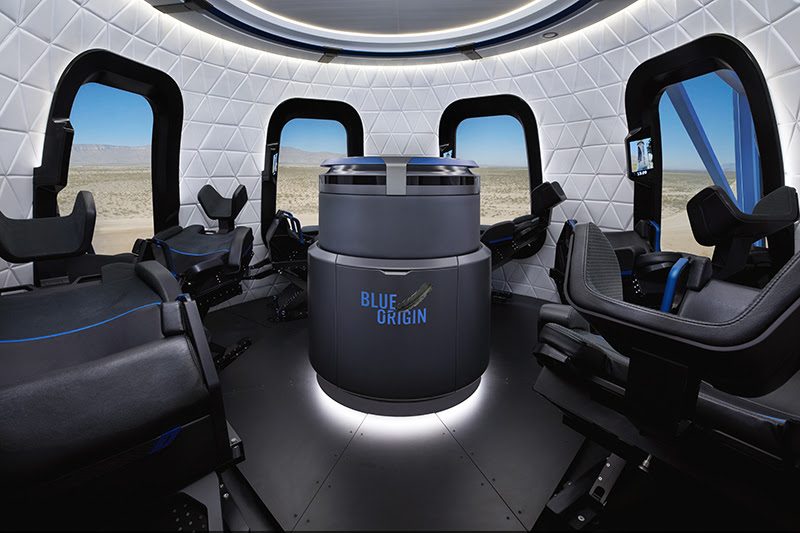
Source: Business Insider
Despite SpaceX's ultimate goal of populating Mars, the company is also invested in space tourism. Its trips will be more expensive and last longer than Blue Origin’s, though ...
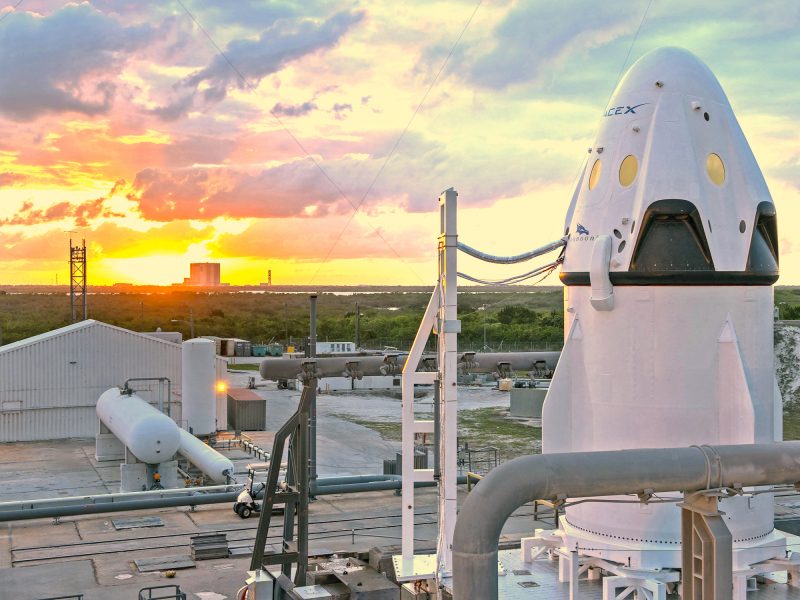
Source: Business Insider
… and that’s because SpaceX's flight is about more than the journey — it’s about the destination, too.
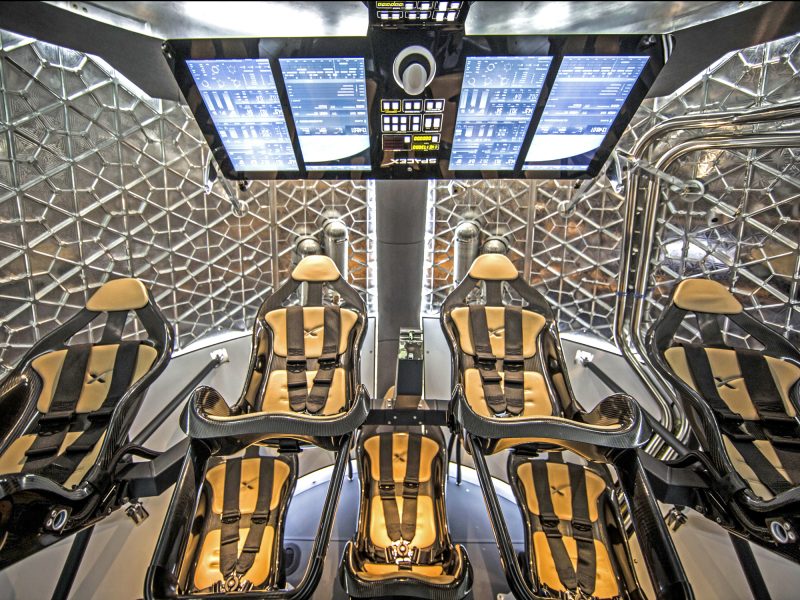
Source: Business Insider
The company has developed a Crew Dragon capsule for NASA astronauts, but it will have plenty of room for private customers.
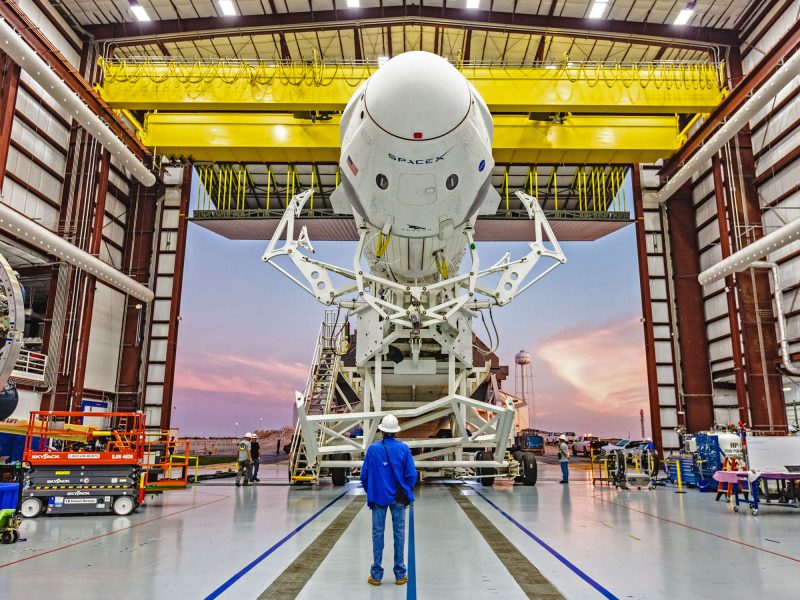
Source: Business Insider
Those trips will likely start with weeks- or months-long flights to the International Space Station, a football-field-size laboratory in space. Russia has permitted private astronauts to stay in its modules for many years, but NASA just opened up its own to commercial interests.
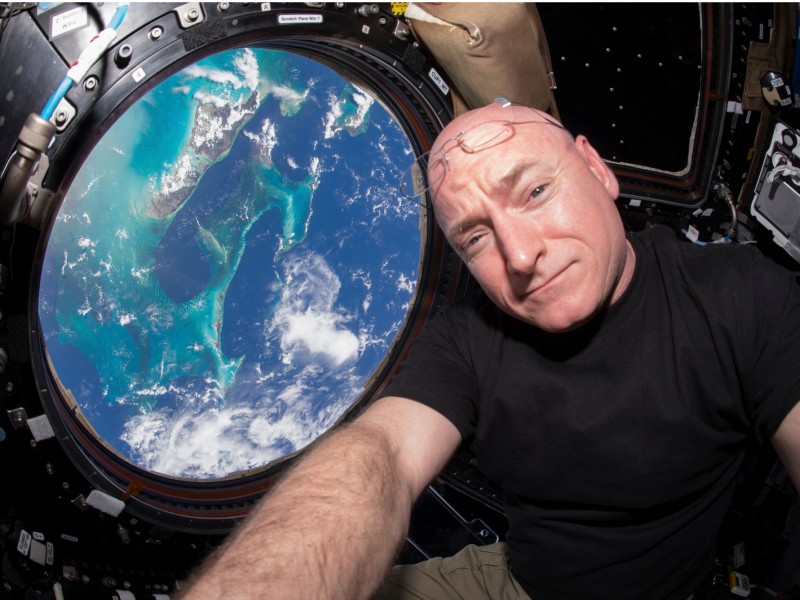
Source: Business Insider
But SpaceX is developing a fully reusable rocket system called Starship to get you to space. It may be 100 to 1,000 times less expensive to operate and could also dramatically shorten long-distance travel.
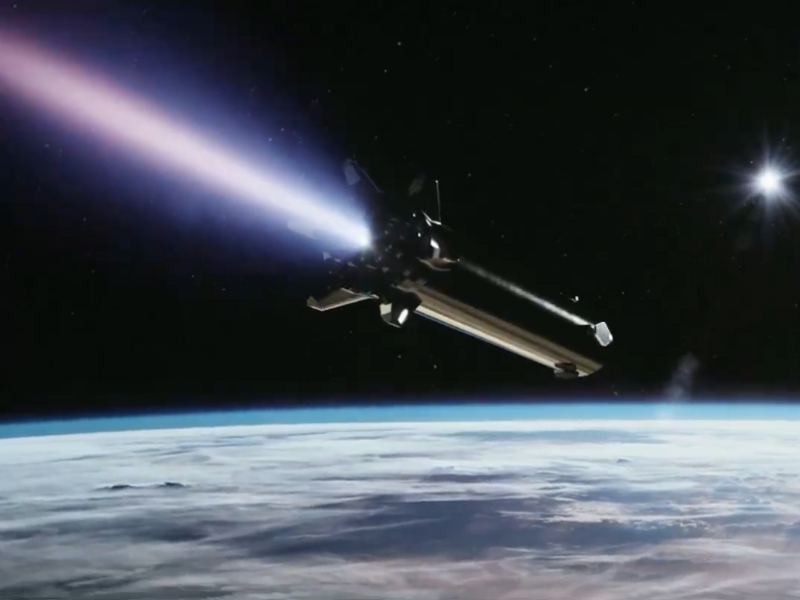
Source: Business Insider
If realized as Musk has envisioned it, Starship would briefly enter space during a long-distance flight — say from New York to Tokyo — and make what's normally a day of travel less than an hour.
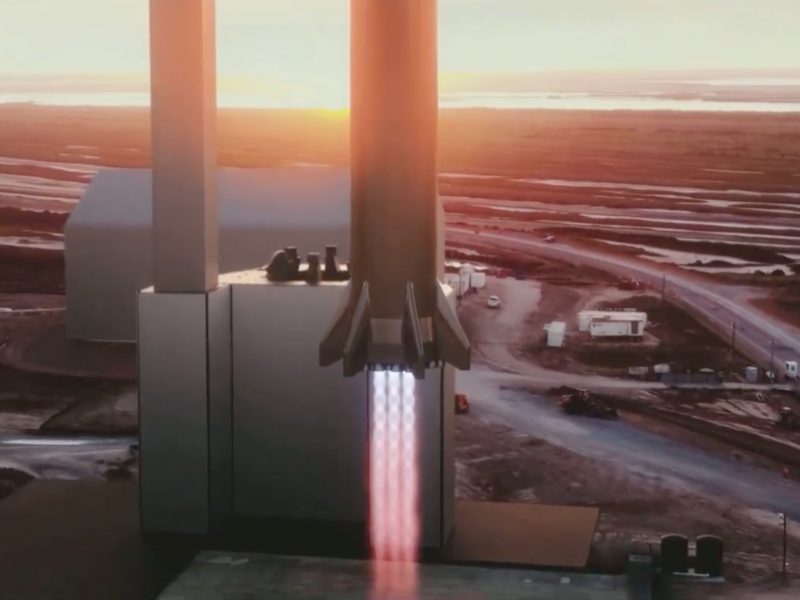
Source: Business Insider
Virgin Galactic, another private space company, is also working towards taking tourists into space. And it, too, also wants to shorten point-to-point travel like SpaceX but with a small winged craft called SpaceShipTwo.
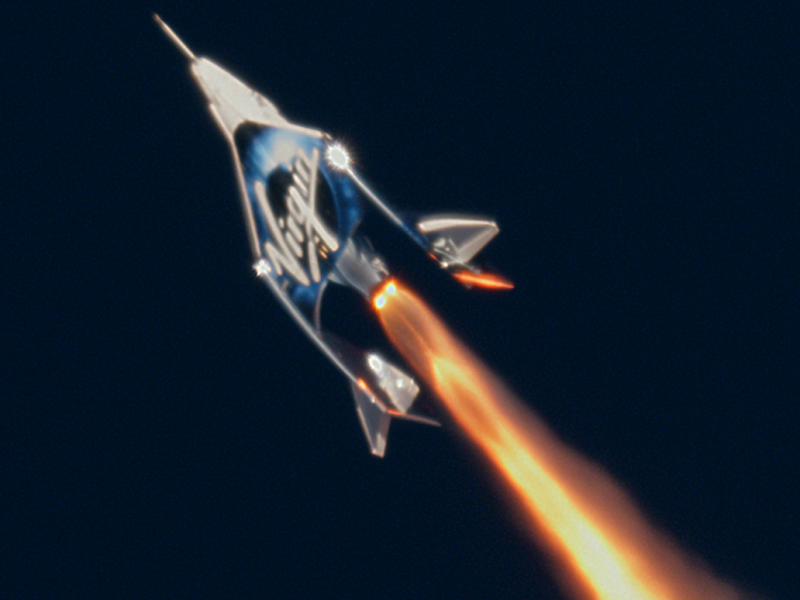
The ship starts out attached between two airplanes, drops off after reaching a high altitude, rockets toward space, and then glides back to a landing on a runway. In total each flight may last a couple of hours.
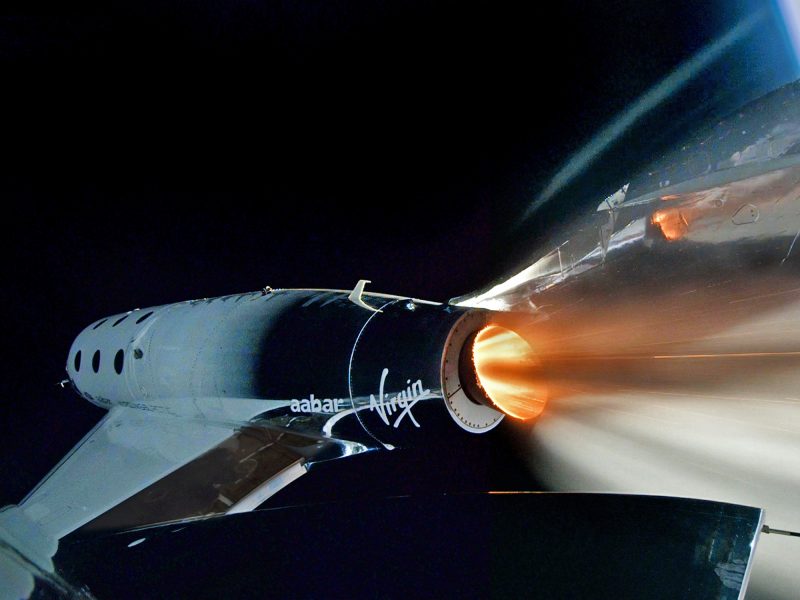
Source: Business Insider
But only four to five minutes of that time will be spent floating in space. The rest of the time will just be spent getting up to cruising altitude. So essentially, it's a similar experience to what Blue Origin offers; it just takes longer.
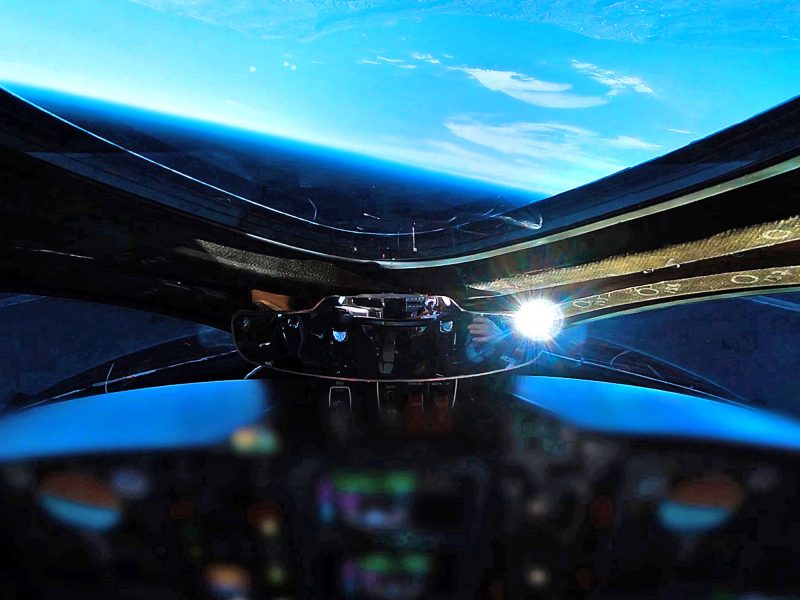
Source: Business Insider
Regardless, people seem to be on board with the idea. According to Business Insider, Virgin Galactic has already sold at least 700 tickets for future flights priced around $250,000 each.
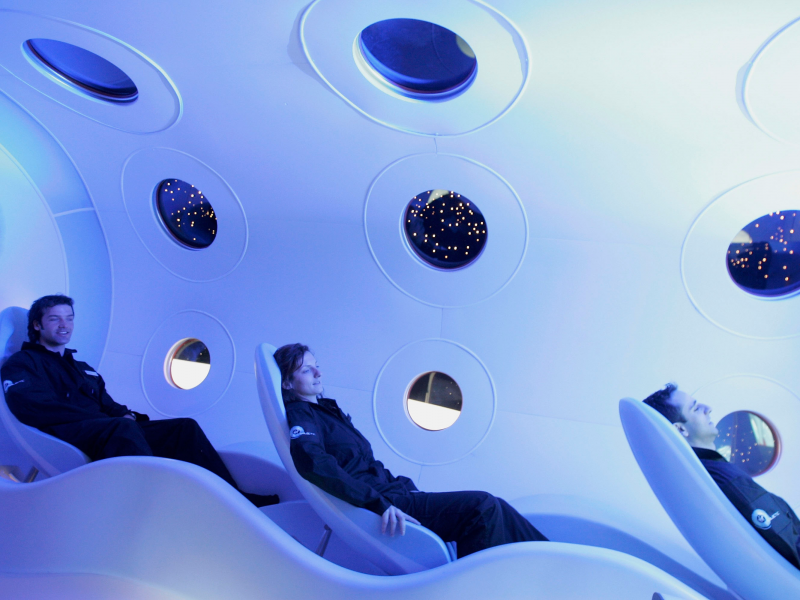
Source: Business Insider
Though a pilot died in 2014 during a SpaceShipTwo flight test, the company says it has resolved the issue that led to the accident. Company founder Richard Branson also said that he would ride in one of the first flights, in part to show that it's safe.
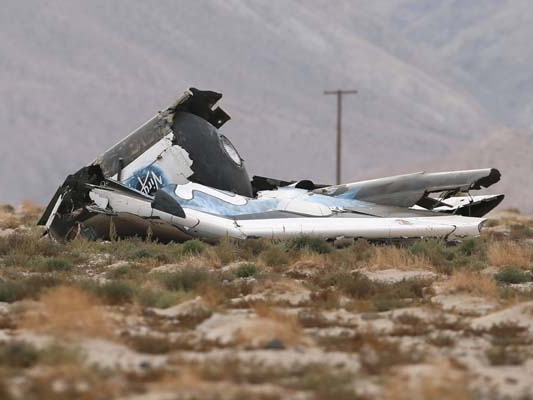
Sources: Business Insider, NBC
But one of the most jaw-dropping space tourism flights yet planned will be SpaceX's flight around the moon in 2023.
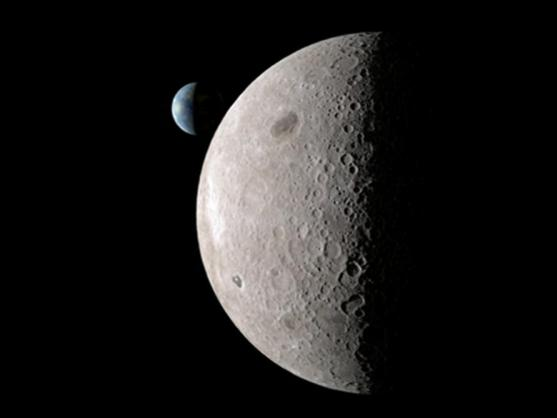
Source: Business Insider
This flight would use the same Starship rocket system it plans to use for long-distance flights. But the trip will take about a week in total to skim past the moon, reach its farthest point, get pulled back to Earth, and land.

Source: Business Insider
Japanese billionaire Yusaku Maezawa bought the tickets for this voyage — all of them. Maezawa, who's famous as an art collector, is hand-picking artists as crew members (and an astronaut or two) to make the trip and inspire out-of-this-world creation of new art.
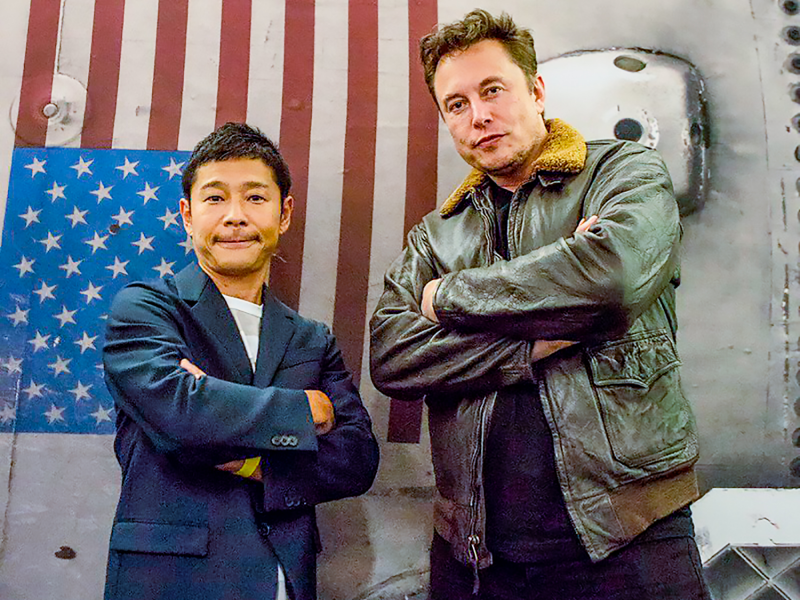
Source: Business Insider
He’s calling the project #dearmoon, and he hasn’t made any final decisions yet, but he said they will come from different artistic disciplines and media.
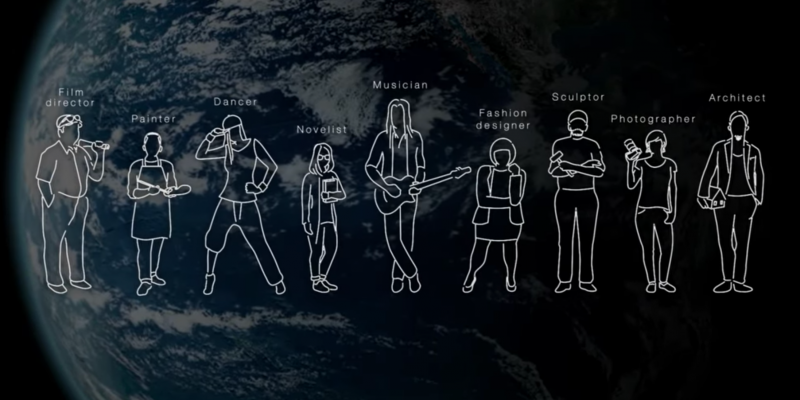
Source: Business Insider
While these are the plans for space tourism in the near future, private space companies are also already working on renderings that future technology could allow for, like Axiom's plans for space hotel rooms that look like this ...
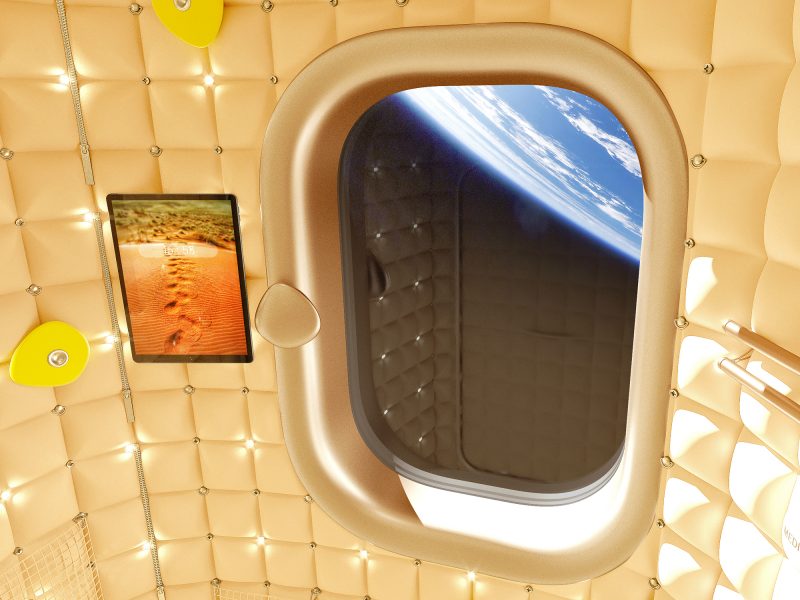
Source: The New York Times
... or SpaceX's plans for live in-flight entertainment, like this.
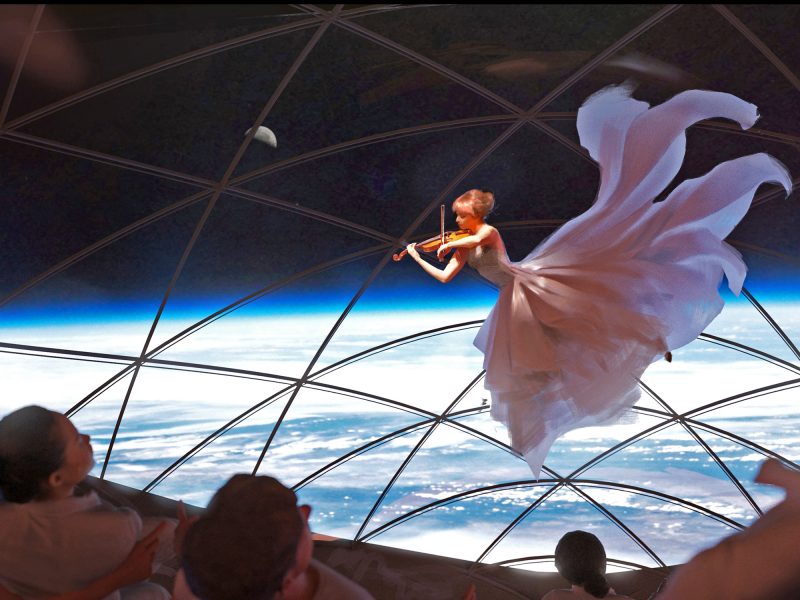
Source: Flickr
Reminiscent of "2001: A Space Odyssey," The Gateway Foundation hopes to create the Von Braun Station and have it finished by 2025.
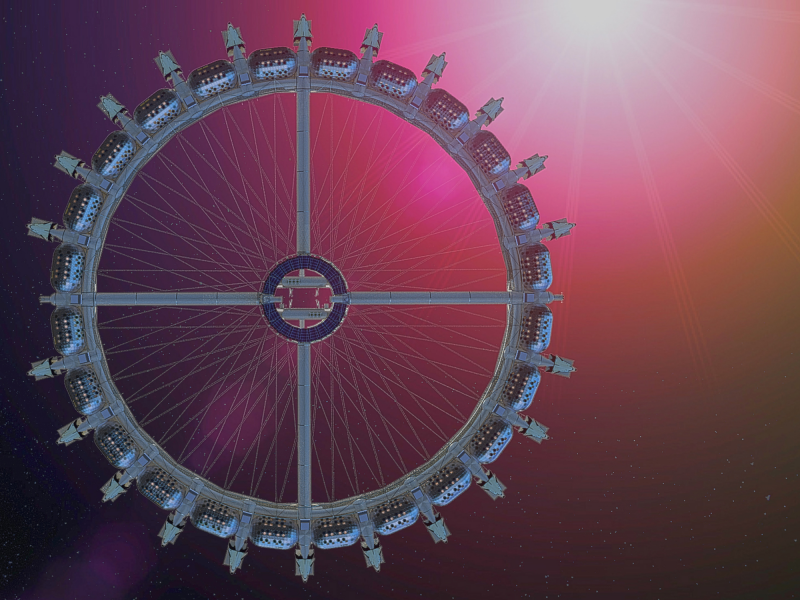
Source: Business Insider
Supposedly, this will include the world's first space hotel, and it's supposed to be luxurious and complete with gravity.
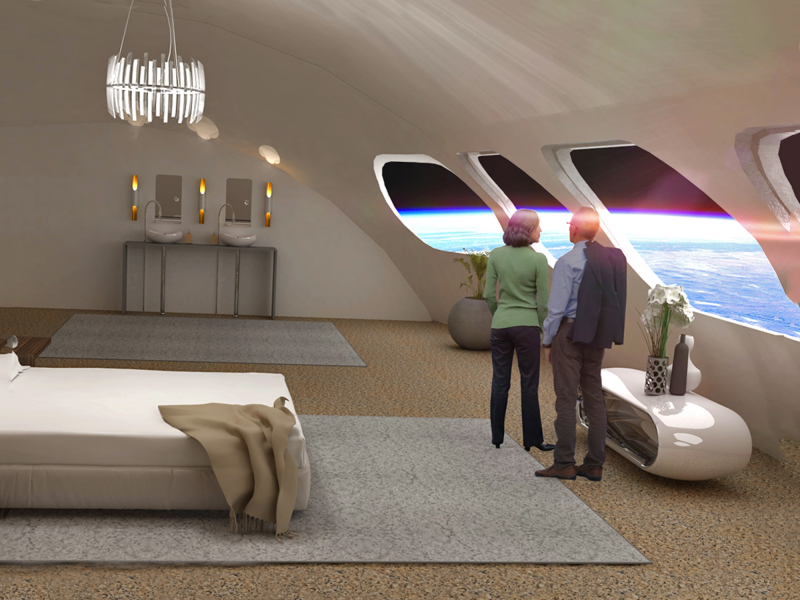
Source: Business Insider
The hotel portion of the station would (in theory) hold 100 guests per week with amenities like restaurants, movie screenings, low-gravity basketball, trampolining, and rock-climbing facilities.
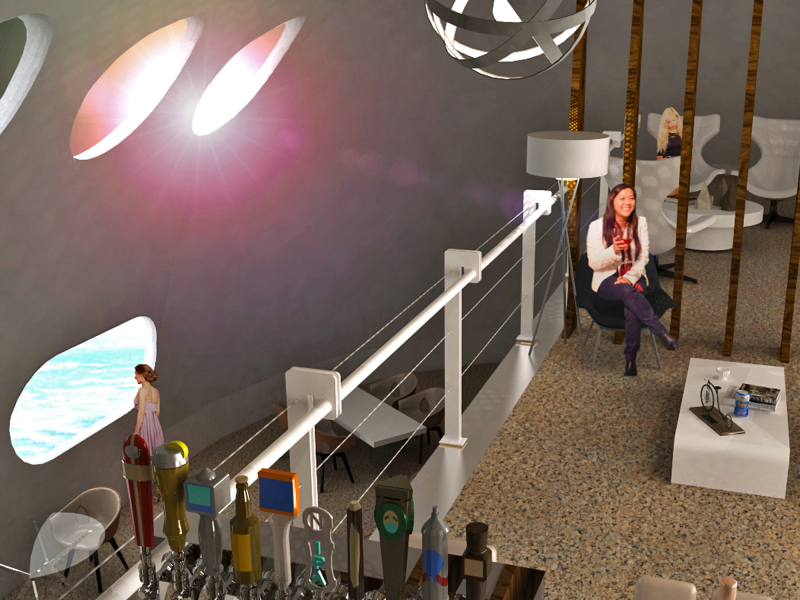
Source: Business Insider
Still, even luggage design companies hope to join the modern space race. Horizn Studios wants to make this suitcase specifically for space travel. It'd be lighter and more flexible than any other suitcase.
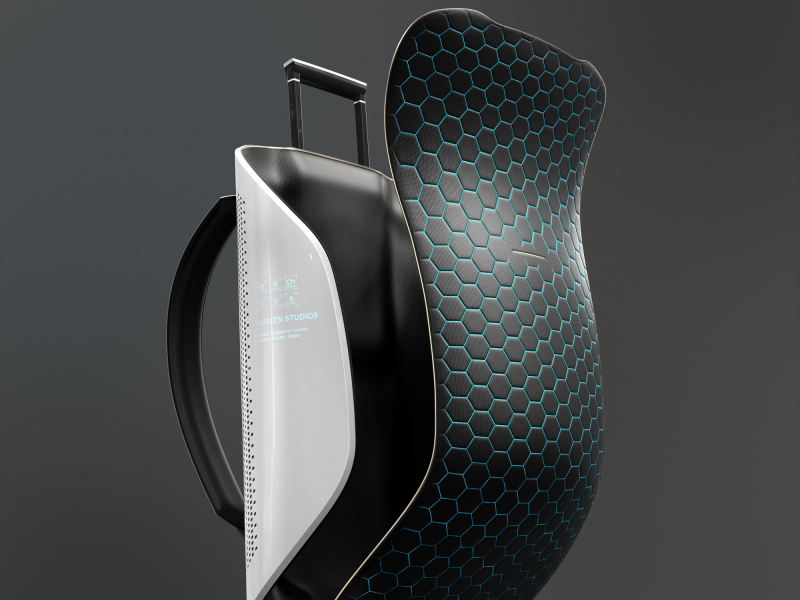
Source: Horizn Studios
It's concept even has a smart screen for sharing experiences.
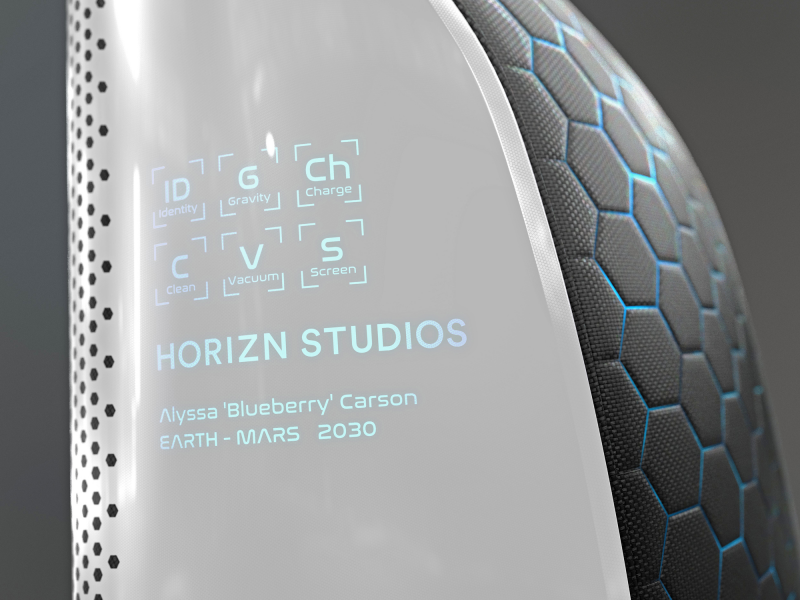
Source: Horizn Studios
But like most visions of space travel, much of these ideas are just that: ideas ...
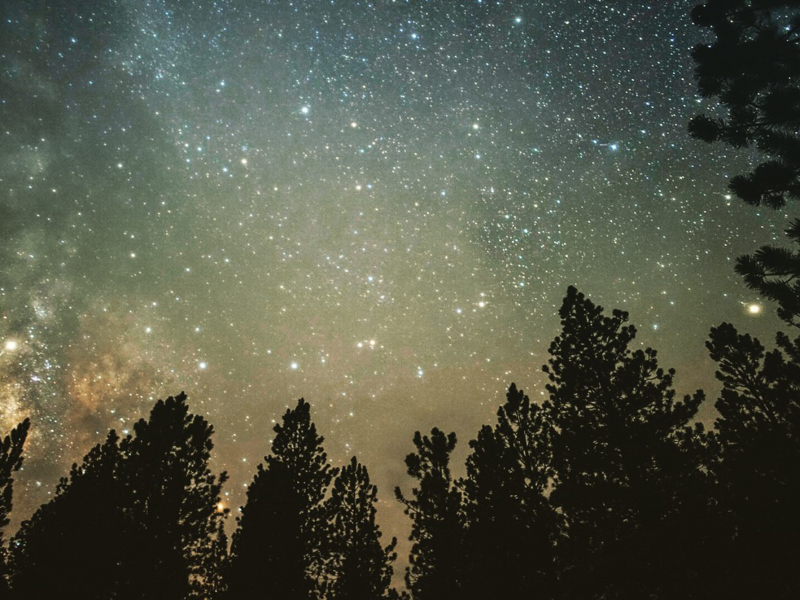
And even if they weren't, many of us will not be able to afford them ...
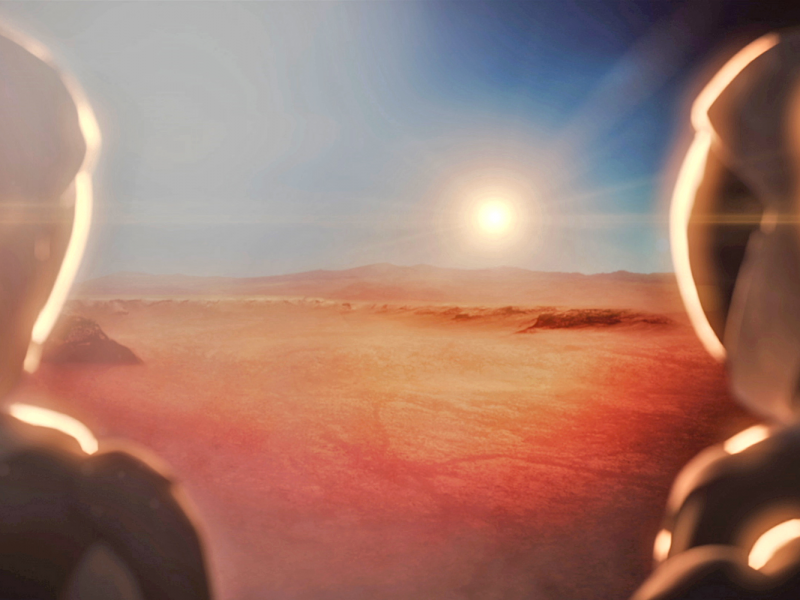
... So for now, savor your selfies from airplane windows. That may be the closest to space nearly all of us will ever get.
